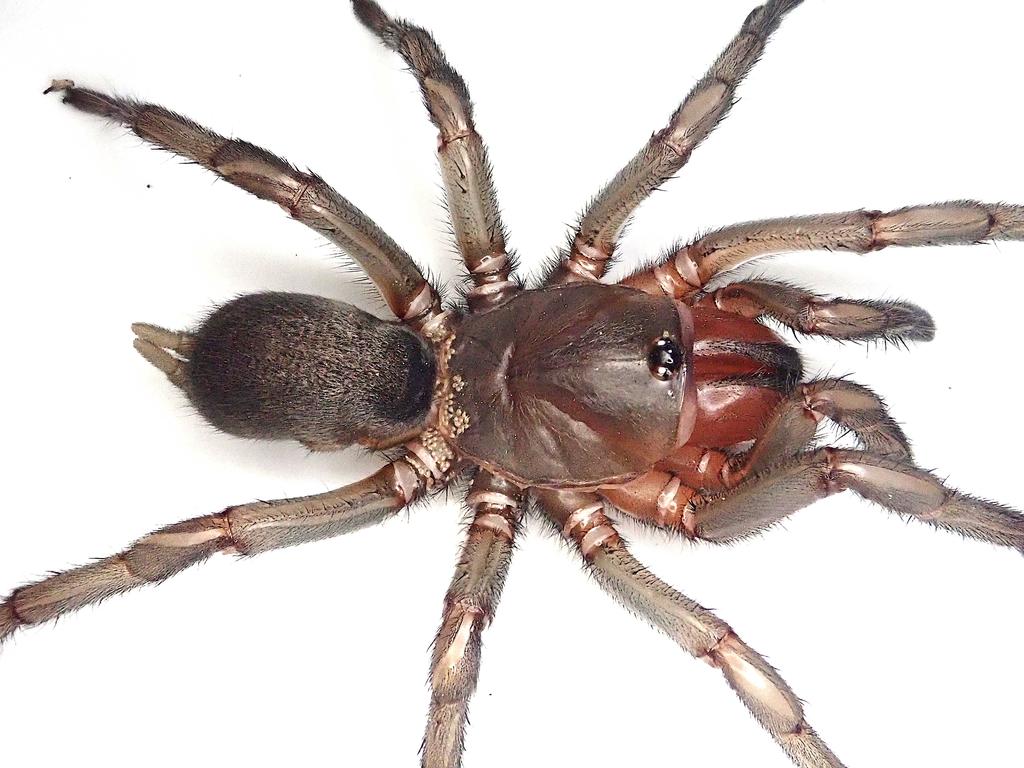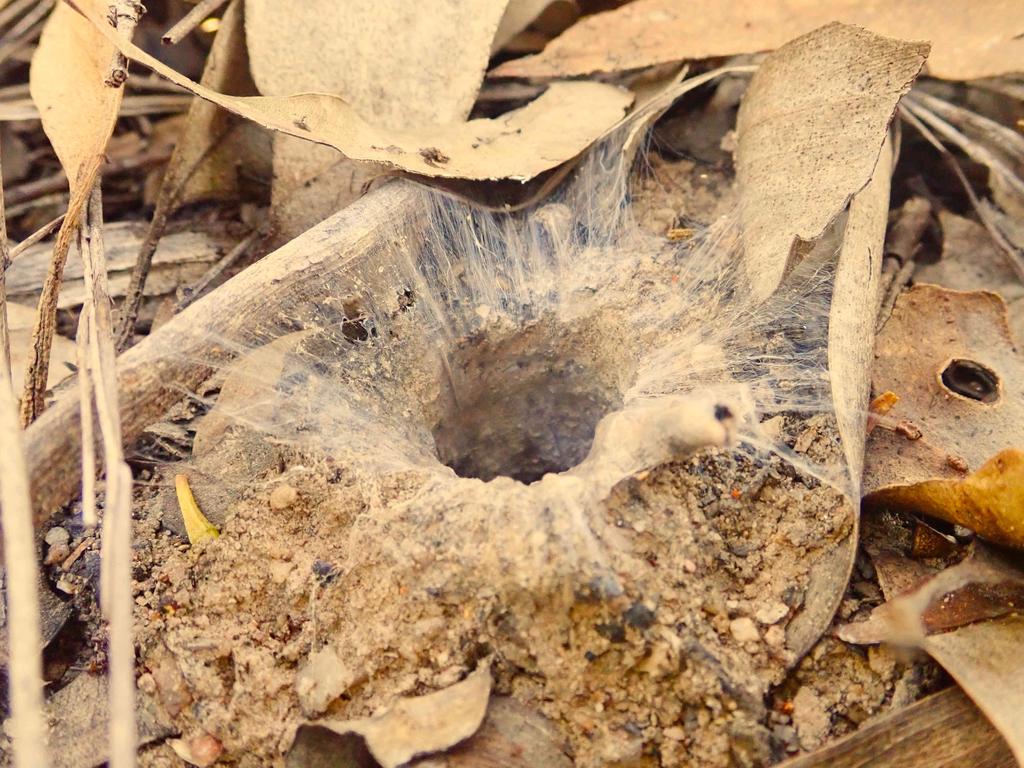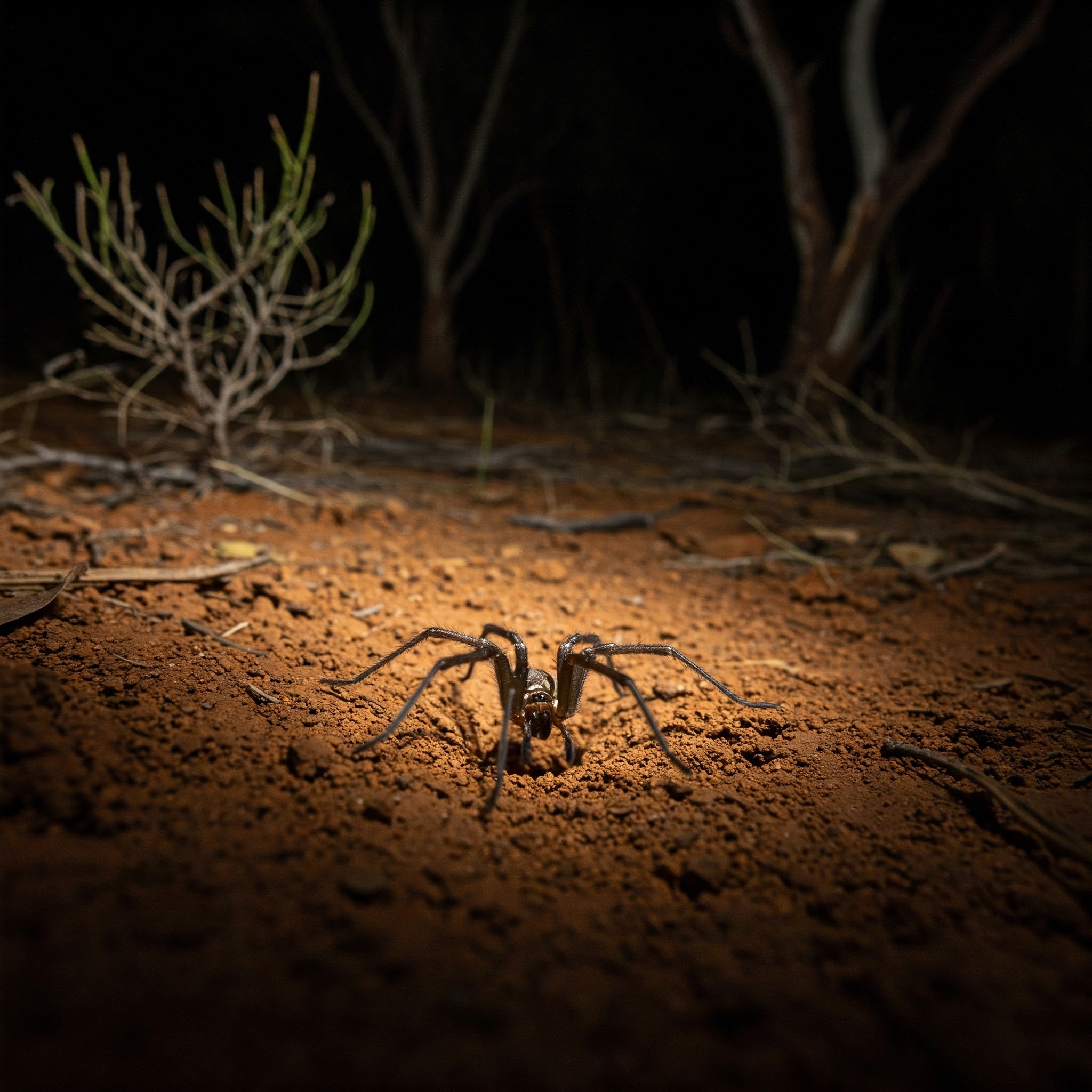Introduction
In a monumental leap for arachnology, scientists have recently identified 55 new species of wishbone spiders across Australia. This discovery, led by a team from Queensland Museum and Griffith University, marks one of the largest-ever documented expansions of a spider family within the country. These elusive creatures, long hidden beneath the forest floor, are now stepping into the spotlight—reshaping our understanding of biodiversity and evolutionary development.
What Are Wishbone Spiders?
Wishbone spiders belong to the family Anamidae, known for their unique burrow structures that resemble the shape of a wishbone. These spiders dig forked tunnels underground and are usually active during the night. Despite their fearsome appearance, wishbone spiders are not dangerous to humans and play a crucial role in maintaining ecological balance by preying on insects.
Their name comes from the forked shape of their silk-lined burrows, where one entrance leads to a dead end and the other to the surface. This not only confuses predators but also helps the spiders ambush unsuspecting prey.

Why This Discovery Matters
Identifying 55 new species at once is no small feat. It underscores the vast unknown diversity that still exists in Australia’s soil and forests. Key highlights include:
- Biodiversity Hotspot: Most of the new species were found in remote and undisturbed habitats, reaffirming the importance of conservation in biodiverse areas.
- Evolutionary Insights: The genetic and morphological variations among these species provide valuable data on spider evolution and adaptive radiation.
- Environmental Indicators: Since spiders are sensitive to habitat change, this discovery can help monitor ecosystem health.

The Role of DNA Analysis
This breakthrough wouldn’t have been possible without modern techniques like DNA barcoding and phylogenetic analysis. By comparing DNA sequences, researchers were able to differentiate between spiders that are visually similar but genetically distinct. This level of analysis ensured scientific accuracy and helped build a clearer family tree for the Anamidae spiders.
Challenges in the Field
Studying wishbone spiders comes with its own unique set of challenges:
- Cryptic Lifestyle: These spiders live underground, making them hard to locate.
- Remote Locations: Many of the species were discovered in areas that are difficult to access.
- Morphological Similarity: To the naked eye, many of these spiders look alike, requiring expert examination and genetic analysis for proper identification.

Future Implications
The discovery of 55 new wishbone spider species opens up exciting avenues for further research:
- Conservation Priorities: Mapping these species can aid in protecting critical habitats.
- Medicinal Research: Spider venom is being studied for potential medical applications. New species could offer novel compounds.
- Educational Outreach: This finding provides a fantastic opportunity to educate the public about the ecological importance of spiders.
- Citizen Science: Encouraging locals to participate in spider spotting could help discover even more species.
Conclusion
The identification of 55 new wishbone spider species is a powerful reminder of how much there is still to learn about the natural world. These creatures, once hidden beneath the earth, are now enriching our understanding of evolution, ecology, and conservation. As scientists continue to explore Australia’s diverse habitats, who knows what other hidden marvels lie just beneath our feet?
